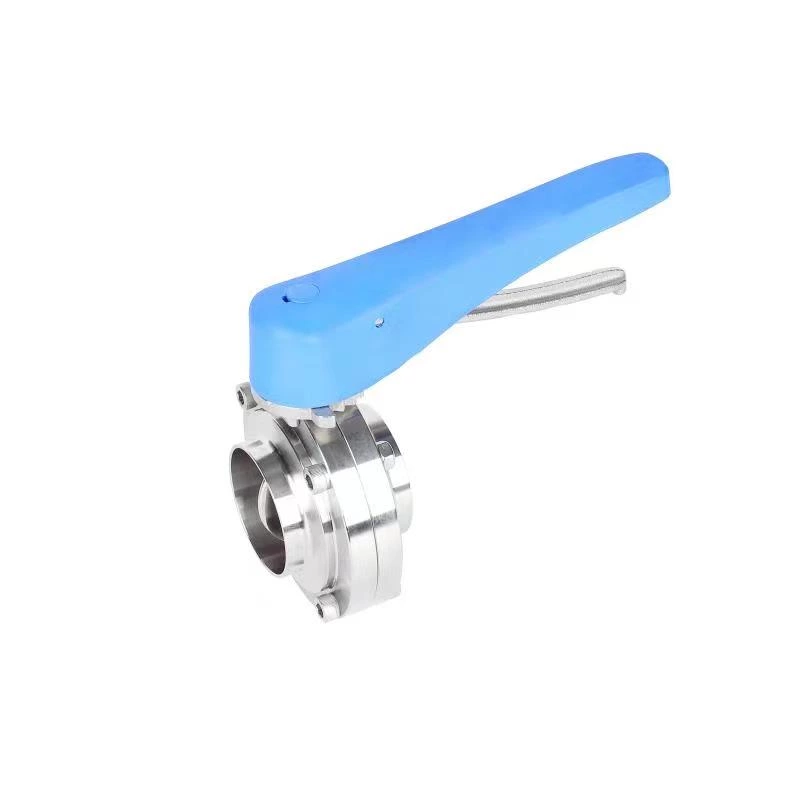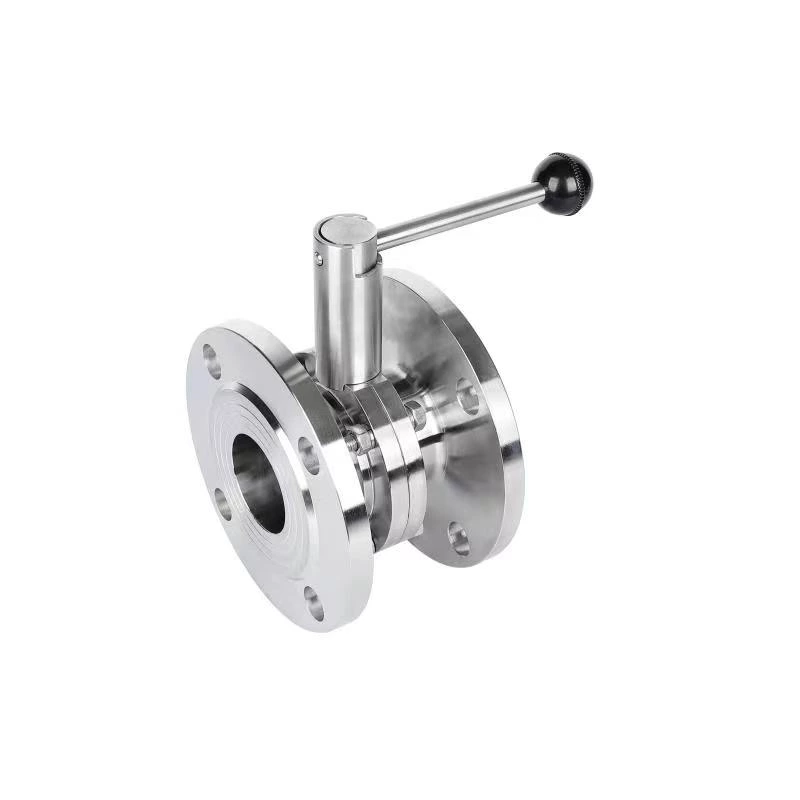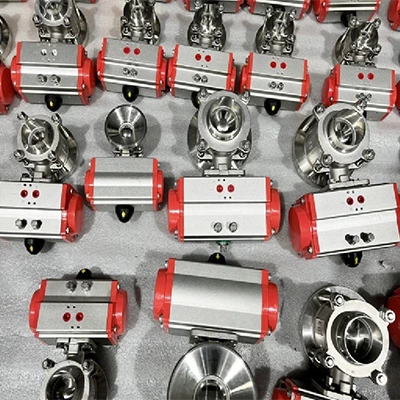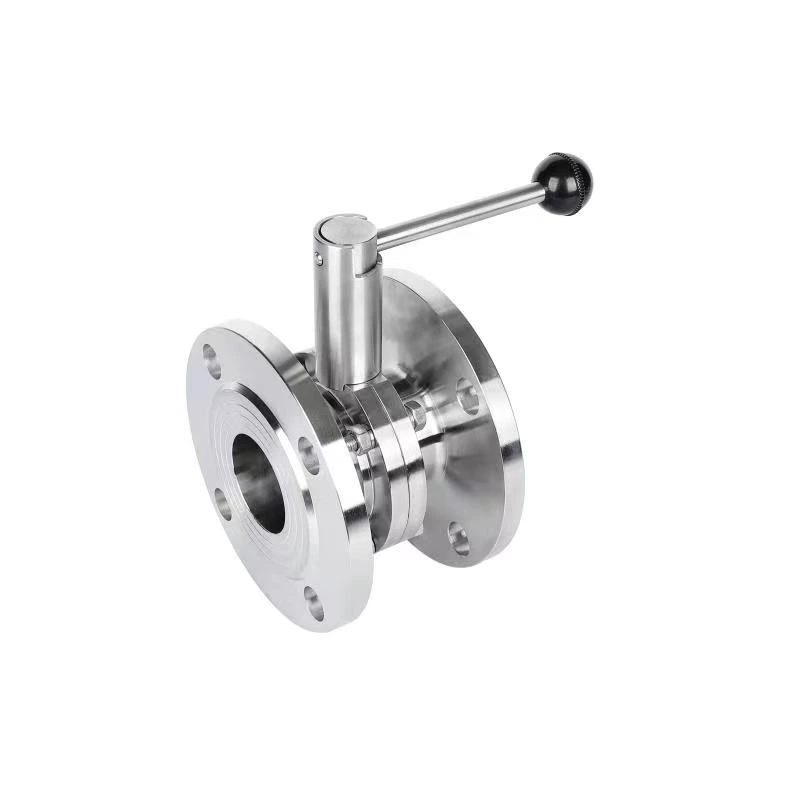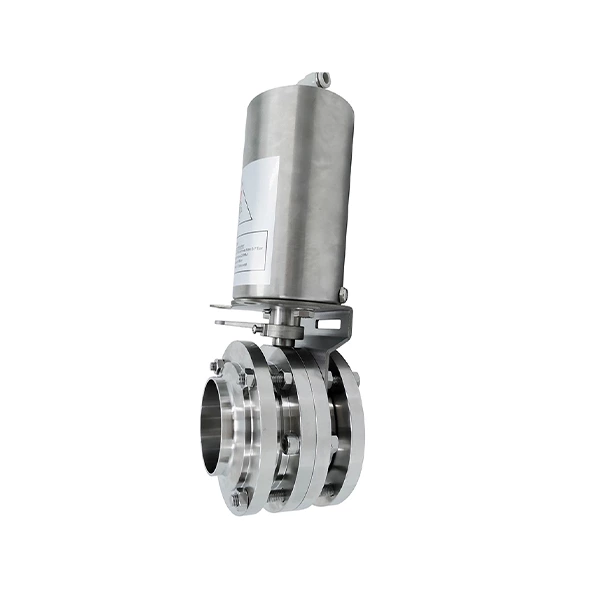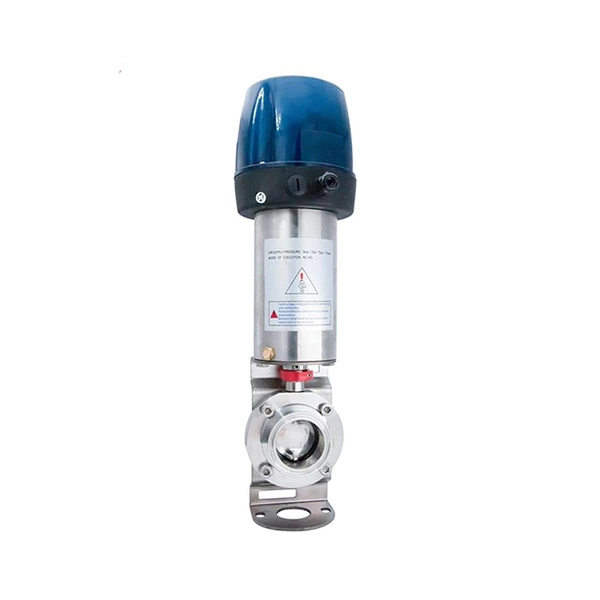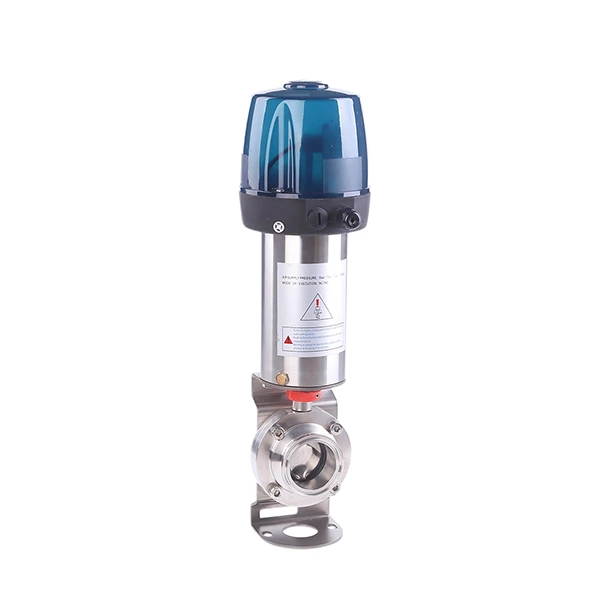Working principle of stainless steel electric butterfly valve
The stainless steel electric butterfly valve mechanism allows the disc to rotate freely within 90° to achieve the purpose of opening and closing or adjusting the medium flow. At present, fluorine-lined butterfly valves and rubber-lined butterfly valves, as components used to realize on-off and flow control of pipeline systems, have been widely used in many fields such as petroleum, chemical industry, metallurgy, hydropower, etc. In the known butterfly valve technology, the sealing form mostly adopts a sealing structure, and the sealing materials are rubber, polytetrafluoroethylene, etc. Due to the limitations of structural characteristics, it is not suitable for industries such as high temperature resistance, high pressure resistance, corrosion resistance, and wear resistance. An existing comparative butterfly valve is a triple-eccentric metal hard-seal butterfly valve. The valve body and valve seat are one-piece components, and the sealing surface layer of the valve seat is overlay-welded with temperature-resistant and corrosion-resistant alloy materials. Multi-layer soft stacked sealing rings are fixed on the valve plate. Compared with traditional butterfly valves, this kind of butterfly valve has high temperature resistance, is easy to operate, and has no friction when opening and closing. When closing, the torque of the transmission mechanism increases to compensate for the seal, which improves the performance of the butterfly valve. Excellent sealing performance and extended service life.
Stainless steel electric butterfly valves still have the following problems during use:
1. Since the multi-layer soft and hard stacked sealing rings are fixed on the valve plate, when the valve plate is in the normally open state, the medium will cause front erosion on its sealing surface. After the soft sealing belt in the metal sheet sandwich is washed away, it will directly affect the sealing performance.
2. Limited by structural conditions, this structure is not suitable for valves with diameters below DN200. The reason is that the overall structure of the valve plate is too thick and the flow resistance is large.
3. Due to the principle of the rubber-lined butterfly valve, the seal between the sealing surface of the valve plate and the valve seat relies on the torque of the transmission device to press the valve plate to the valve seat. In the forward flow state, the higher the medium pressure, the tighter the sealing squeeze. When the medium in the flow channel flows counter-currently and as the medium pressure increases, the unit positive pressure between the valve plate and the valve seat is less than the medium pressure, and the seal begins to leak.
4. High-performance gas butterfly valve, characterized in that: the valve seat sealing ring is composed of multiple layers of stainless steel sheets on both sides of a soft T-shaped sealing ring. The sealing surface of the valve plate and the valve seat is an oblique cone structure, and the temperature-resistant and corrosion-resistant alloy material is overlayed on the oblique cone surface of the valve plate; the spring fixed between the adjusting ring pressure plate and the adjusting bolt on the pressure plate are assembled together. This structure effectively compensates for the tolerance zone between the sleeve and the valve body and the elastic deformation of the valve stem under the medium pressure, and solves the sealing problem existing in the valve during the two-way interchange of medium transportation.
5. The sealing ring is composed of soft T-shaped multi-layer stainless steel sheets on both sides, which has the dual advantages of metal hard sealing and soft sealing. It has zero leakage sealing performance regardless of low or high temperature conditions. Tests have proven that when the pool is in a positive flow state (the medium flow direction is the same as the butterfly plate rotation direction), the pressure on the sealing surface is caused by the torque of the transmission device and the effect of the medium pressure on the valve plate. When the forward medium pressure increases, the tighter the squeeze between the oblique conical surface of the valve plate and the sealing surface of the valve seat, the better the sealing effect. When in the reverse flow state, the seal between the valve plate and the valve seat relies on the torque of the driving device to force the valve plate to press against the valve seat. As the reverse medium pressure increases, when the unit positive pressure between the valve plate and the valve seat is less than the medium pressure, the deformation stored in the spring of the adjusting ring after being loaded can compensate for the tight pressure on the sealing surface of the valve plate and valve seat. Play an automatic compensation role. Therefore, this utility model does not install soft and hard multi-layer sealing rings on the valve plate like the existing technology, but is installed directly on the valve body. Adding an adjustment ring between the pressure plate and the valve seat is an ideal two-way hard sealing method. . It can replace gate valves and ball valves
